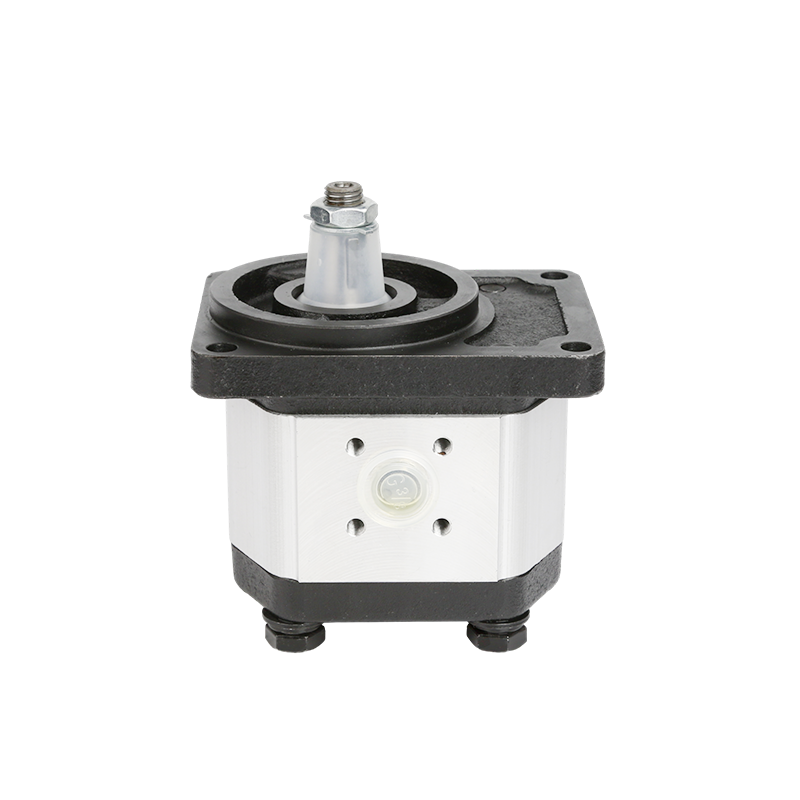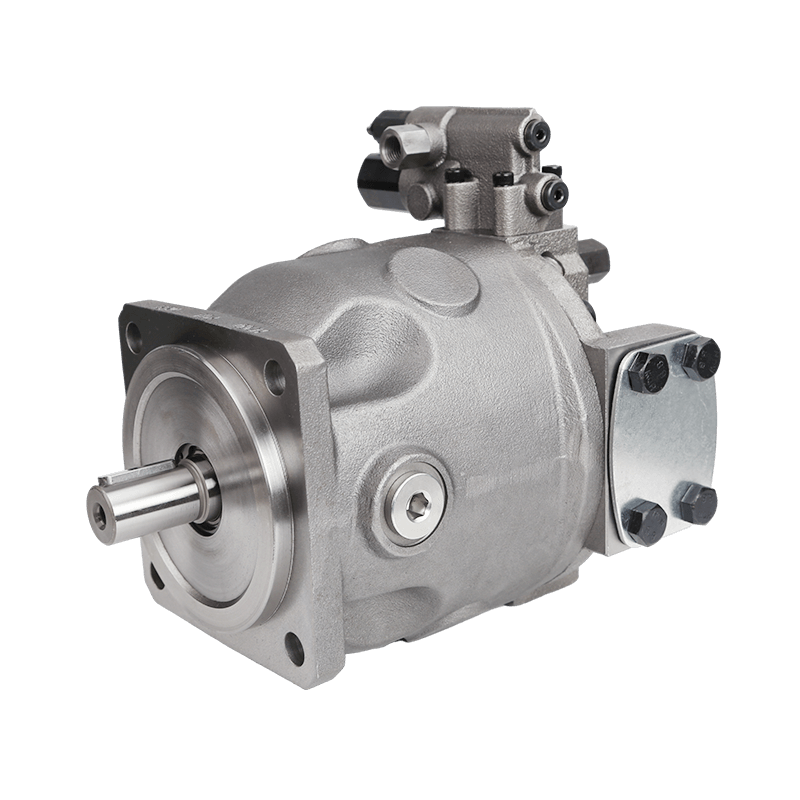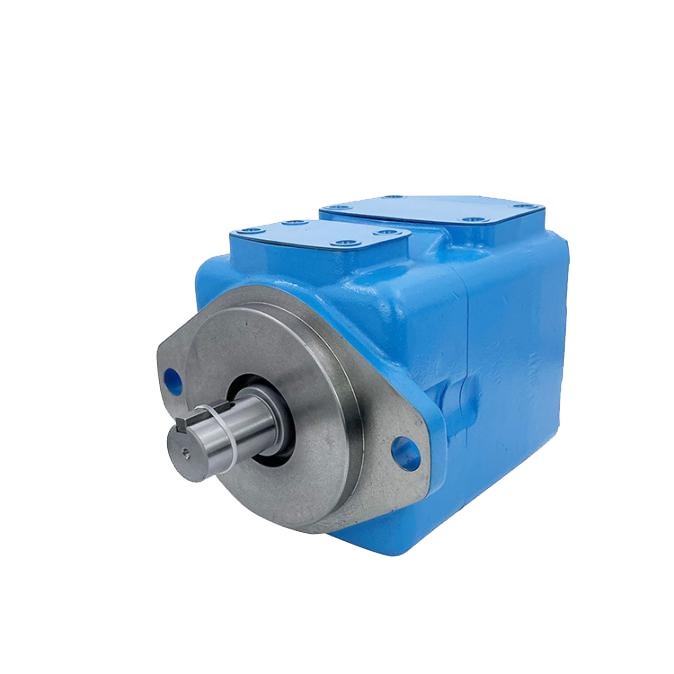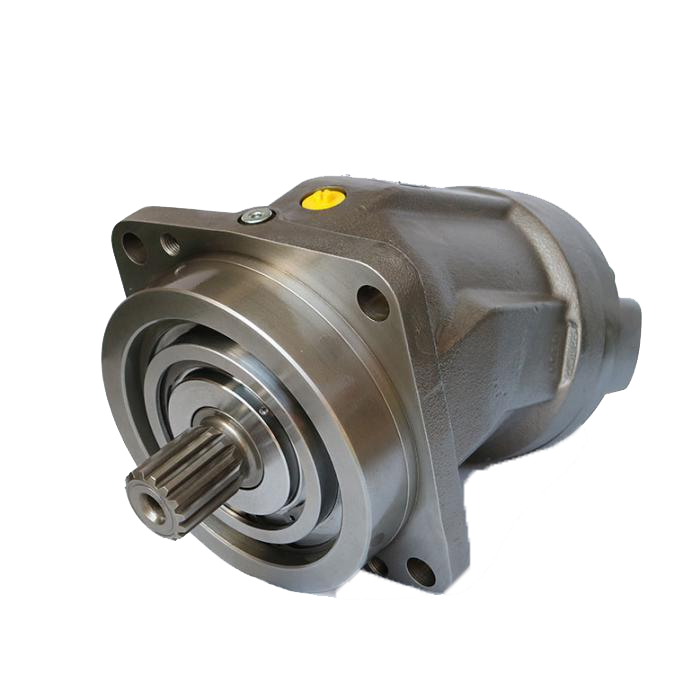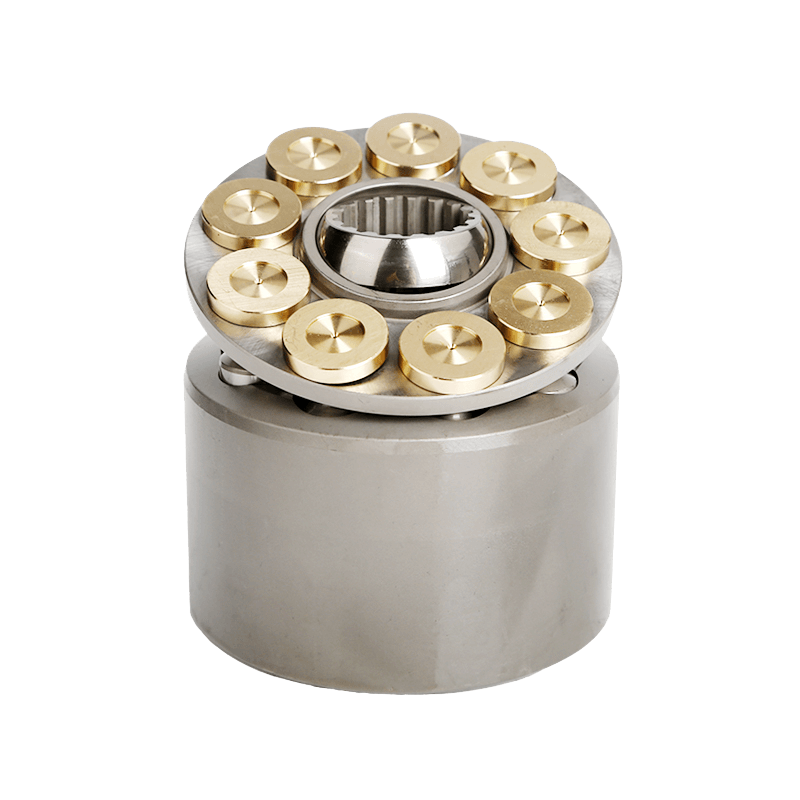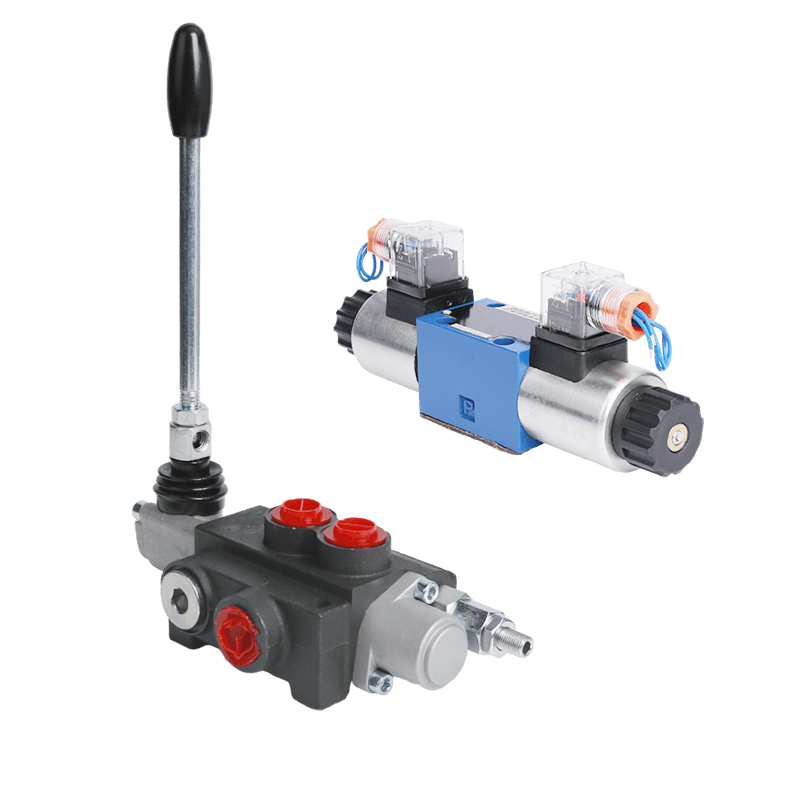Vane pump, as an important part of the hydraulic system, is a widely used positive displacement pump. Its working principle is to complete the process of oil suction and pressure through the rotary movement of the vane in the rotor groove, so as to realize the transportation of liquid. Vane pumps are widely used in many fields because of their compact structure, smooth operation, low noise, uniform flow and other characteristics.
The basic structure and working principle of vane pump
The core structure of vane pump mainly includes pump body, rotor, vane and oil distribution disk and other components. The pump body, as the pump shell, not only provides the installation space, but also forms the suction chamber and pressure chamber. The rotor, located inside the pump body, is the power source of the pump and is usually made of wear-resistant materials. The vanes are installed in the groove of the rotor and move with the rotation of the rotor, playing the role of sealing and conveying liquid. The oil distribution plate is located at the top of the pump body, the main role is to seal and guide to ensure the normal operation of the vane pump.
When the vane pump starts, the motor drives the rotor to start rotating. During rotation, the vanes are subjected to centrifugal force and pressurized oil, and are pressed against the inner surface of the stator. As the rotor rotates, a sealed working volume is formed between the vane and the stator, rotor, and oil distribution disk. The size of these working volumes changes continuously with the rotation of the rotor, thus realizing the process of oil suction and pressure. When the working volume increases, a vacuum is generated and the liquid is sucked in from the suction port; when the working volume decreases, the liquid is pressed out from the pressure port to complete the transportation of the liquid.
Features and advantages of vane pump
Compact structure: the design of vane pump is simple, with fewer parts, the overall structure is compact and covers a small area, thus making the installation and maintenance of the pump more convenient.
Smooth operation: due to the reasonable design of the vane and rotor, the pump is smooth and vibration-free during operation, reducing the generation of noise.
Uniform flow: vane pumps in the suction and pressure process, the flow is relatively uniform, to ensure the stable operation of the system, so that the vane pump in the need for stable flow control occasions in a wide range of applications.
High-pressure performance: vane pumps can withstand high pressure, so that it can work normally in high-pressure environments, so as to meet the special needs of certain occasions requiring high-pressure liquid transportation.
Wide range of application: vane pumps are suitable for conveying various clean lubricating oils and hydraulic oils, as well as some liquids with lubricating properties, so they have a wide range of applications. Whether it is engineering machinery, agricultural machinery or ships, metallurgy and other fields, vane pumps can play out its unique advantages.
Comparison of vane pumps with other types of pumps
Compared to other types of pumps, such as centrifugal and gear pumps, vane pumps have distinct advantages in several applications. Compared to centrifugal pumps, vane pumps are better able to maintain constant operation in high-pressure environments with low flow pulses because centrifugal pumps tend to caving at high pressures, causing performance degradation s and are easier to maintain so This is because gear pumps require regular replacement of worn gears, bearings and other components, while vane pumps simplify maintenance with their simple design and wear-resistant features.
Selection and use of vane pumps
When selecting and using a vane pump, several factors need to be considered. First of all, according to the actual need to determine the pump flow, pressure and speed and other parameters. The selection of these parameters directly affects the performance and use of the pump. Secondly, the material and sealing performance of the pump should be considered. In the harsh working environment, the material and sealing performance of the pump directly affects its service life and stability. Therefore, when choosing a vane pump, you should choose materials that are corrosion resistant, corrosion resistant, ensure proper sealing performance and finally focus on maintenance and repair of the pump as well. Regular checks on pump operating conditions and timely replacement of worn parts are key to ensuring long-term pump performance Through proper selection and application, vane pumps can consume them unique advantages in various industrial environments providing a robust and reliable water transfer solution for industrial system.
Conclusion
In summary, vane pumps occupy an important position in the hydraulic system with their unique structure and working principle. Through in-depth understanding of its structure, characteristics, advantages and comparison with other types of pumps, we can better select and use vane pumps to provide stable and reliable liquid transfer solutions for industrial production.

